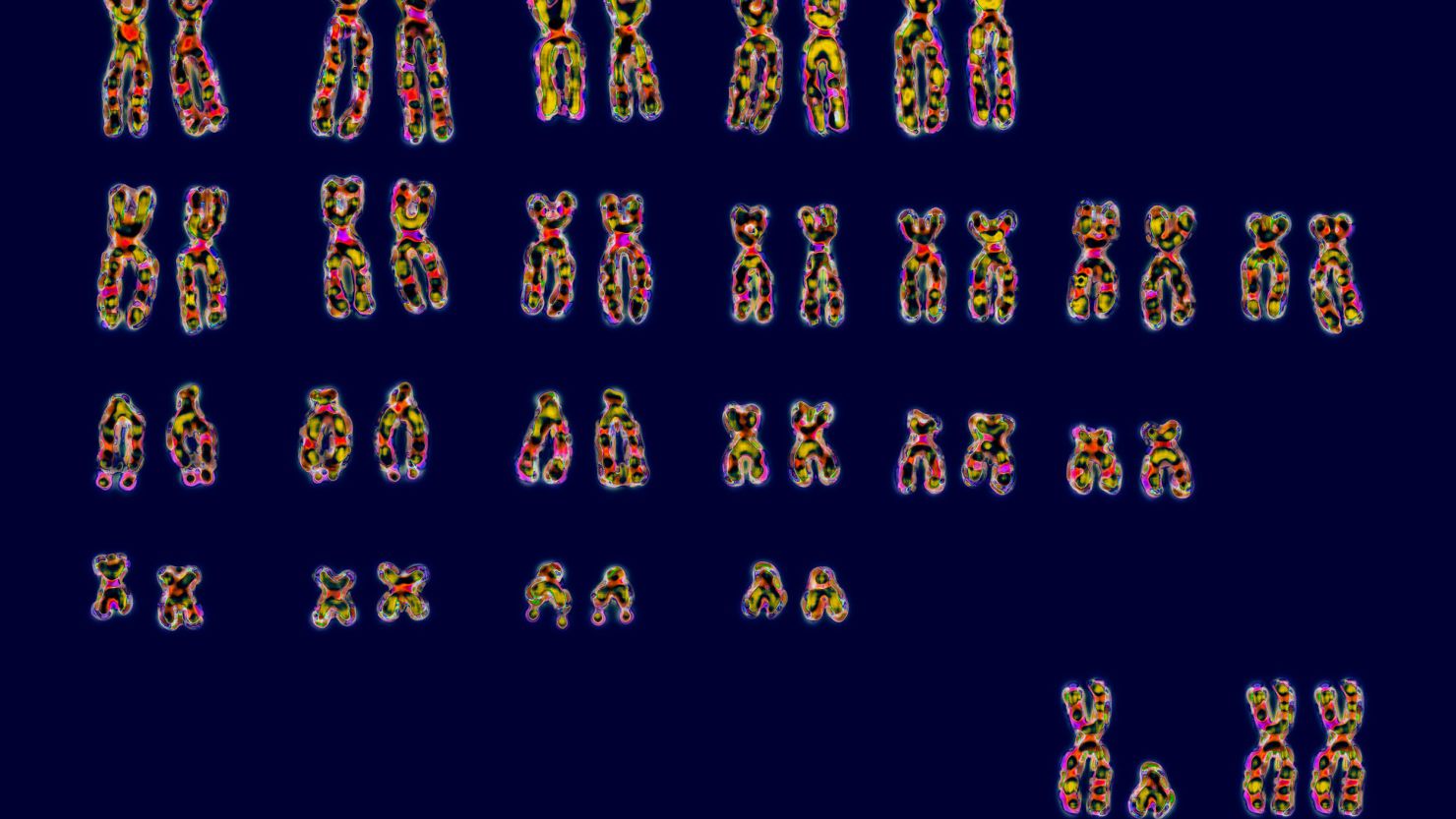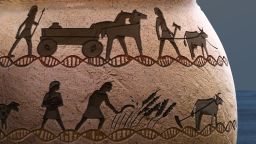Sign up for CNN’s Wonder Theory science newsletter. Explore the universe with news on fascinating discoveries, scientific advancements and more.
Why women are at greater risk of autoimmune disease such as multiple sclerosis, lupus and rheumatoid arthritis is a long-standing medical mystery, and a team of researchers at Stanford University may now be a step closer to unraveling it.
How the female body handles its extra X chromosome (the male body has just one plus a Y chromosome) might be a factor that helps explain why women are more susceptible to these types of disorders, a new study has suggested. The predominantly chronic conditions involve an off-kilter immune system attacking its own cells and tissues.
While the research involving experiments on mice is preliminary, the observation, after further study, may help inform new treatments and ways to diagnose the diseases, said Dr. Howard Chang, senior author of the paper published in the journal Cell on February 1.
Chang, a professor of dermatology and genetics at Stanford School of Medicine who led the research, became interested in the topic because symptoms of some autoimmune disorders such as lupus and scleroderma manifest in the skin as rashes.
“Many of these diseases that show up in our clinics, especially the immune-related diseases, show this really striking female bias. And so I’ve always wondered about that from my own clinical practice,” he said.
There are more than 80 autoimmune diseases, affecting around 24 million people in the United States. The disorders occur when a person’s immune system gets confused and starts responding as if it’s being attacked by an infection when there is none, explained Montserrat Anguera, an associate professor in the department of biomedical sciences at the University of Pennsylvania School of Veterinary Medicine.
“The same sort of players that are acting in response to a virus or bacteria (are the ones) that are acting in immune disease but in autoimmune disease the ‘infection’ isn’t being cleared, it’s persisting and with persistence, it’s getting magnified and it’s causing damage to tissues, depending on the autoimmune disease,” Anguera, who wasn’t involved in the research, explained. “Some of them affect the whole body and other ones are localized to a particular organ.”
Other researchers had focused on the disorders’ “female bias” by analyzing sex hormones or chromosome counts. Chang instead zoned in on the role played by a molecule called Xist (pronounced exist) that is not present in male cells.
Testing the ‘significant role’ of Xist
The Xist molecule’s main job is to deactivate the second female X chromosome in embryos, ensuring that the body’s cells don’t get a potentially toxic double whammy of the chromosome’s protein-coding genes.
“Xist is a very long RNA, 17,000 nucleotides long, or letters, and it associates with approximately almost 100 proteins,” Chang said. Xist molecules work with those proteins to shut down gene expression in the second X chromosome.
While studying for exams to renew his medical license just under a decade ago, Chang made a connection. He noticed that many of the proteins Xist works with to bind to and silence the X chromosome had a connection to skin-related autoimmune disorders: Patients with these conditions had autoantibodies that mistakenly attacked those normal proteins.
Chang wondered whether the clumps of protein molecules that arise when Xist connects with the X chromosome were a trigger for autoimmune disease.
To investigate, Chang decided to study how Xist, only produced naturally by female cells, would function if it were in male mice — a feat made possible by genetic engineering. This, he said, would be a first step in eliminating possible competing explanations for female susceptibility to autoimmune disease such as sex hormones or rogue proteins made by a second X chromosome that wasn’t fully turned off.
When male mice that had been modified to have a gene producing Xist were injected with a chemical irritant that mimicked lupus, the team found that male mice developed the hallmarks of autoimmunity — autoantibodies — at a rate approaching female mice, showing that the proteins that bind to Xist can provoke an immune response. The experiments weren’t designed to show whether Xist or the related proteins cause autoimmune disease in the animals.
Chang and his coauthors also analyzed samples of blood serum from humans with lupus, dermatomyositis and systemic sclerosis and compared them with samples from people without autoimmune disease. The samples from patients with autoimmune disease produced higher levels of autoantibodies in reaction to proteins associated with Xist, the researchers found.
Altogether, the data pointed to a “significant role” for Xist as a driver for autoimmunity that might explain why autoimmune disease skews female, according to the study.
A piece of the autoimmune puzzle
The study showed that the machinery of the inactive X chromosome was important and might be playing a role in the female bias in autoimmune disease, Montserrat said.
She added, however, that the latest finding was potentially just one piece in a very big puzzle — a “coral reef” in a big ocean. It’s not clear, she said, whether the proteins associated with Xist are really causing disease. Plus, environmental factors play a big role in autoimmune disease.
“It’s not just an individual’s genetics … there’s a whole other aspect which is interactions with the environment,” Anguera said. “So these are diet, microbiome, and then behaviors like smoking.”
READ MORE: Lab rats are overwhelmingly male, and that’s a problem
Autoimmune diseases are difficult to detect and often take years to diagnose. Ultimately, Chang said he hopes the findings could speed up that process.
“I think there’s a potential to pursue and explore the diagnostic potential (of Xist and if it) can better help somebody decide whether they have this or that kind of autoimmune disease,” Chang said. “The second area where we’re very interested in is therapeutics. Now that we know that Xist seems to be an important driver, how can you stop this process?”








